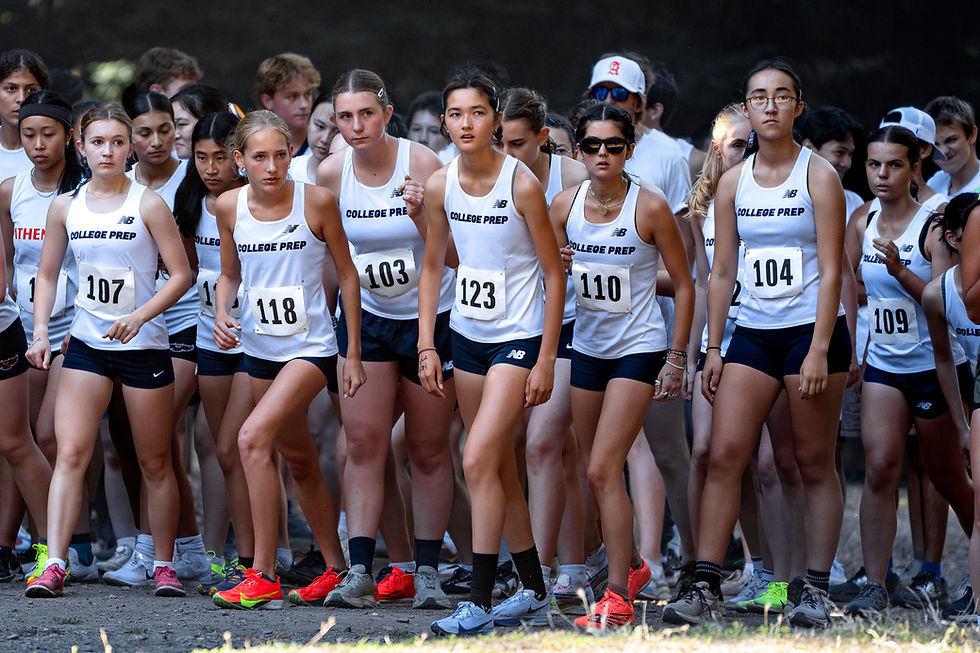How Race & Wealth Unjustly Affect College Admissions & Resources to Combat these Inequitie
- Radar Staff
- Apr 13, 2020
- 3 min read
When I started applying to colleges my junior year, I already knew many of the factors impacting students’ chances of getting into a college: their GPAs, test scores, extracurriculars and so on. However, as the college process went on, I noticed the undue weight that race and wealth play in determining students’ chances of getting into a college, factors that undermine the supposed meritocracy of college admissions.
Some of the best examples of biased policies used in college, and sometimes high school, admissions are legacy considerations. From its onset, legacy consideration has been used to discriminate against minority groups and give preference to wealthy white students. According to the New York Times‘ Richard Kahlenberg, “legacy preference began after World War I, in part as a way to screen out Jewish applicants.” In the early 1900s, when Harvard began admitting working class students, the university saw the number of Jewish applicants rise to make up nearly 21% of the admitted student body. This change prompted Harvard’s then-president, A. Lawrence Lowell, to state that the increase in Jewish students would ruin the school by driving away gentiles. In the years that followed, Harvard and other elite colleges did not openly implement racially discriminatory admissions policies; however they did implement highly subjective admissions criteria (birthplace, family background, athletic ability, personality, and legacy consideration) that allowed them to justify racial exclusion and maintain a mostly Protestant student body. While most of these admission criteria no longer exist, legacy consideration still confers considerable advantages unto certain privileged applicants.
When asked about their legacy considerations, many colleges hide behind the misconception that legacy considerations serve primarily as tiebreakers. However, in his book Affirmative Action for the Rich, Kahlenberger notes that “legacy status is worth the equivalent of scoring 160 points higher on the SAT (on a 400–1600 point scale).” Additionally, when one considers that legacies are disproportionately white, the racial inequity present in legacy consideration becomes more evident. According to court documents released in the recent Harvard admissions lawsuit, 21.5% of admitted white students had legacy status, compared to 6.6% of asians and 4.8% of black students.
According to data compiled from Naviance (a popular college software), “the average acceptance rate across [64 institutions] was 31% higher for legacy applicants than the colleges’ published acceptance rate for all students.” However, while it’s clear that legacy applicants have an advantage in college admissions, one cannot discredit their level of academic achievements. Naviance data shows that 82% of admitted legacy students do have SAT/ACT scores that fall within the typical range for each college.
Of course, wealthy applicants enjoy resources such as SAT tutoring and private schooling at higher rates than their low-income counterparts, resources that strengthen the correlation between income and elite collegiate education. In 2017, the New York Times found that, at 38 colleges (including five Ivy League schools), there are more students from families in the top one percent income bracket than from the entire bottom 60 percent. You can see the charts for yourself here.
Those in favor of legacy enrollment often argue that legacies encourage alumni to donate more money to universities, benefiting the entire student body, poor and rich alike. However, colleges that have recently moved away from legacy consideration (UC Berkeley, UCLA, University of Arizona, CalTech, etc), have not seen a noticeable drop in funding.
While low income & minority students face numerous roadblocks in the college admission process, it’s important to know that there are resources to help students overcome them. Throughout my college process, some of the most impactful resources I had access to were “Fly Out” programs. These programs give underrepresented students a chance to visit elite college campuses for free and attend in person panels with the very admissions and financial aid officials who will later be reading their applications. These programs are also an incredible opportunity for high achieving, underrepresented students from all over the country to meet and connect with each other.
These programs typically occur during the fall of prospective students’ senior years and have varying application deadlines. I attended Amherst College’s DIVOH program as well as Tufts’ “Voices” program, but there are many other colleges that have similar ones. If you are an underrepresented prospective college student and are genuinely interested in a college that offers these programs, I highly recommend applying.
You can find a thorough list of colleges with these programs here: http://blog.collegegreenlight.com/blog/college-fly-in-and-diversity-programs/





Comments